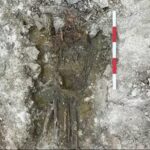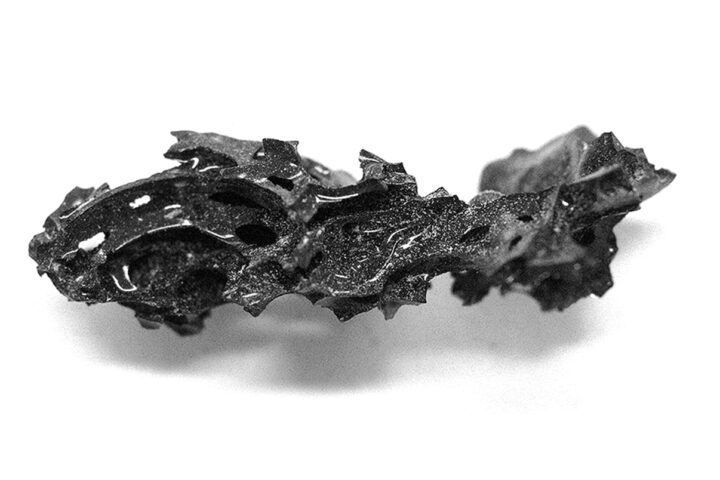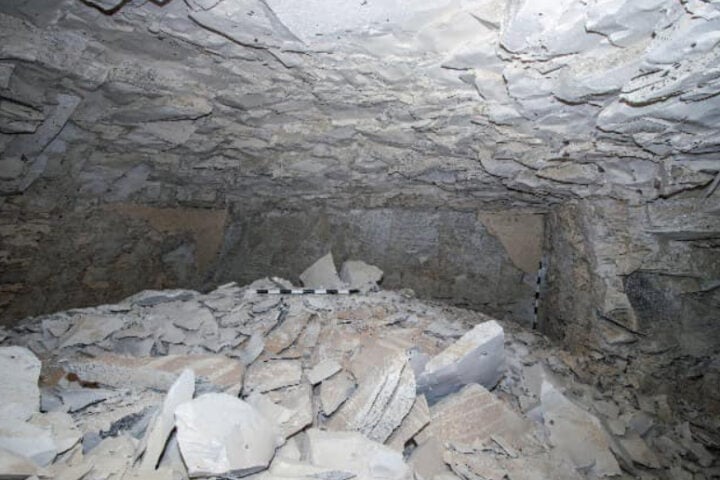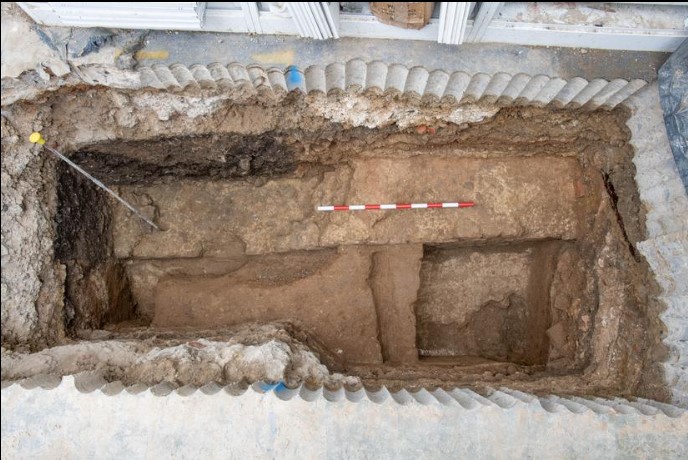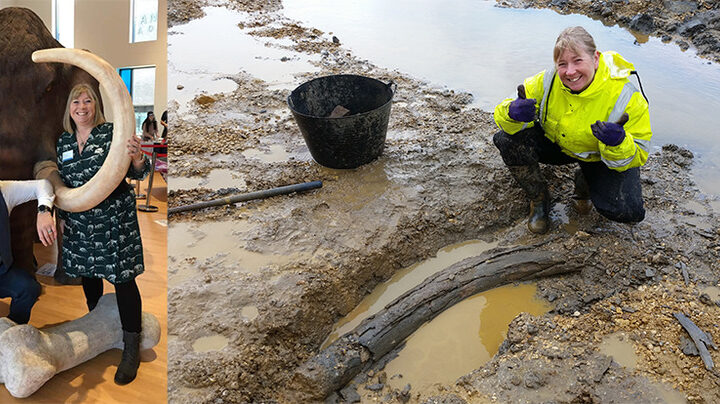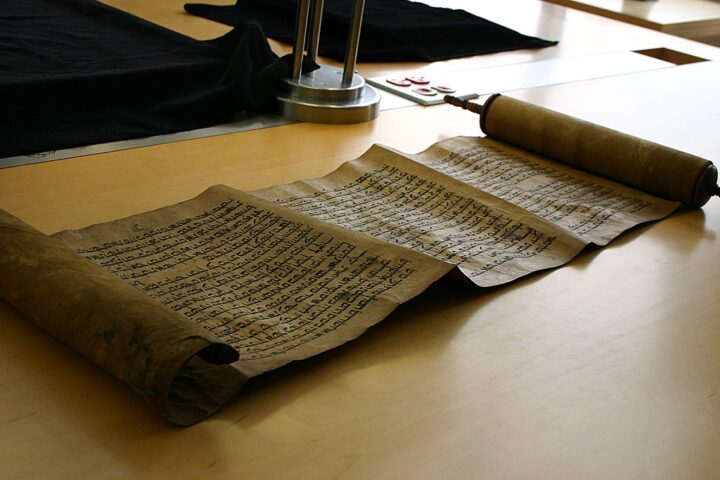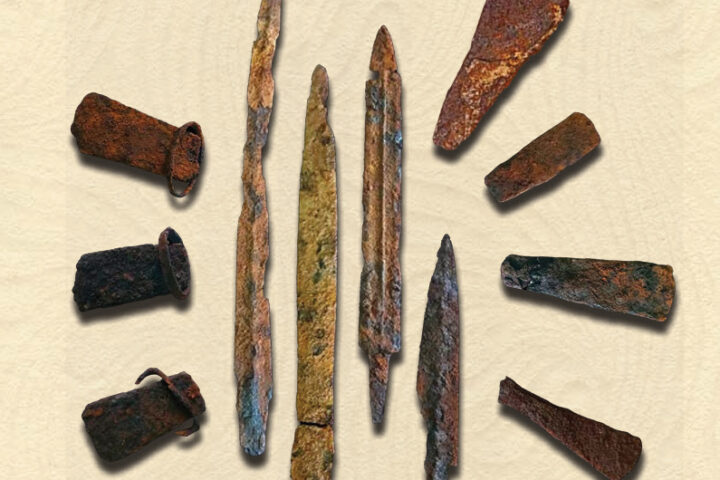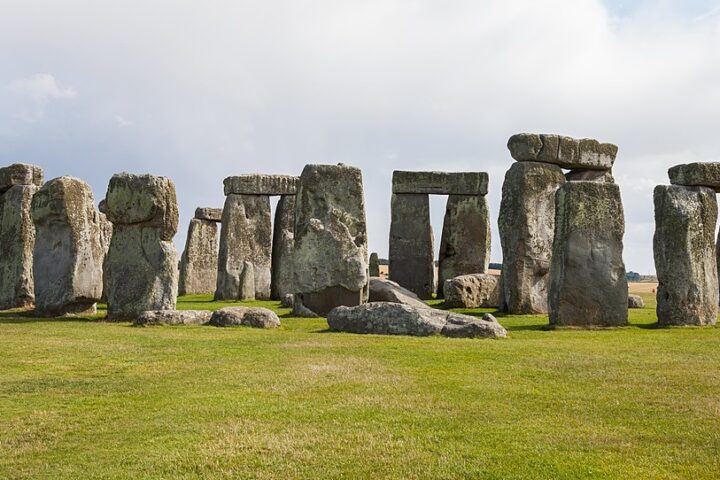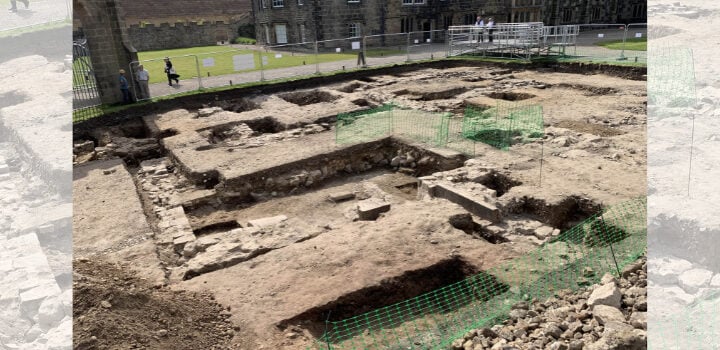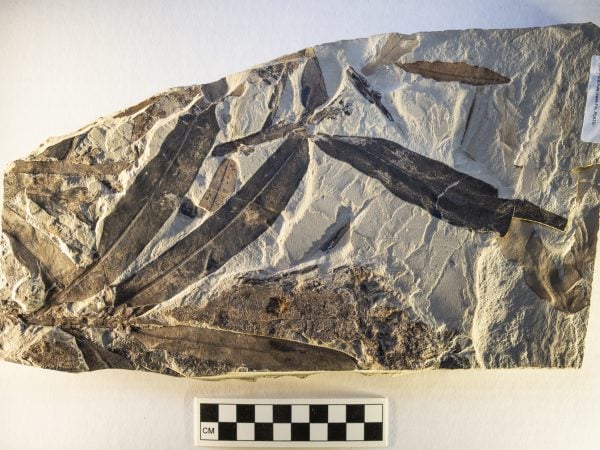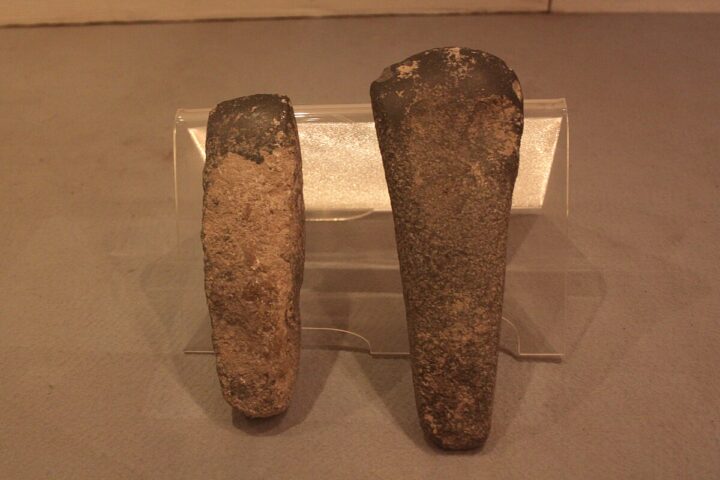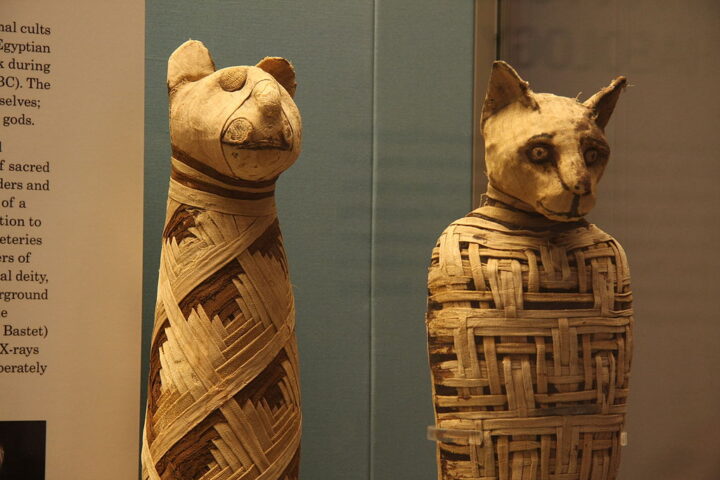Archaeologists have revealed a prehistoric and early Roman-era settlement in one of the UK’s most advanced engineering sites, at the Rolls-Royce site in Filton, Bristol. The discovery of the settlement, dating back as far as 6000 BC, is a striking juxtaposition of human history—from ancient farming communities to one of the world’s most iconic car brands. This unprecedented find emerged during infrastructure upgrades, further enriching our understanding of this area’s historical significance.
A Glimpse Into Prehistoric Modernity
During trial trenching, a method used to create small sample trenches across a site, experts from AOC Archaeology Group uncovered artefacts and remains that reveal the presence of an ancient settlement. This technique allows archaeologists to examine the presence of significant remains before larger construction projects begin. The ground remediation process initiated at the Rolls Royce site, which typically involves the removal of pollutants from decades of industrial activity, created an opportunity for this significant discovery. This excavation was part of a larger effort supported by AECOM to assess the land’s archaeological significance. The dig unearthed a double-ditched enclosure marking the northern boundary. Alongside this structure, numerous post holes were discovered, which likely are the remnants of simple shelters or livestock pens.
George Mitchell, Vice President of Infrastructure at Rolls-Royce UK, remarked, “The discovery of both the small prehistoric settlement and the buried human remains have been a fascinating arc to our ongoing Bristol site infrastructure improvements and have sparked the imaginations of our team.” His sentiment reflects a broader fascination with how past and present are layered upon each other at this site.

According to the findings this was a modest agro-pastoral community, where farming and animal husbandry were the primary modes of sustenance. Ceramic shards found on-site provide clues about self-sufficiency , indicating a reliance on locally sourced materials. The simplicity of the pottery, its unadorned, rudimentary style, aligns with other known settlements from the era, confirming the settlement’s modest scale.
Similar Posts
Roman-Era Burial and Unanswered Questions
Perhaps one of the most captivating aspects of this excavation is the discovery of a solitary burial site, located just north of the settlement’s boundary. Archaeologists believe the remains belong to an individual from the Roman era. However, the nature of this burial opens up a set of discussions.
The grave itself is nondescript, hastily constructed without the care typically afforded to members of a settled community. This has led experts to theorise that the individual may have been an outsider or even a criminal, unrecognised by those living in the area. The burial’s isolated location, just outside the main settlement, further supports this hypothesis, and the remains are currently undergoing detailed analysis to uncover more answers.
Animal Husbandry and Agriculture: Key Insights
In addition to housing structures, archaeologists found evidence of small enclosures likely to be used as a barn. Several pits, which could have served as storage or waste disposal, were also uncovered. These findings support the idea that the community was engaged in mixed farming, combining both animal husbandry and basic agriculture to sustain itself.
Although the settlement is believed to have been modest, the techniques used to uncover its remnants were illustrious. Detailed spatial analysis of the post holes and enclosures allowed the team to piece together the layout of the community and hypothesise about the daily life of the settlement. The careful documentation of ceramic styles and post locations ensures that this site will offer valuable insights into early British settlements for years to come.

What Lies Ahead for the Filton Site?
While the discovery is currently in the documentation and cleaning phase, with artefacts set to be housed in local museums, its broader implications are still unfolding. The intersection of such ancient history with a modern industrial hub like Rolls-Royce offers a unique lens through which we can view both the past and the future. The Filton area is no stranger to history. It has long been associated with British aviation and engineering, particularly during World War II. Rolls-Royce’s involvement in aircraft engine development during the war further cements Filton’s place in modern history. The Filton site, now already a symbol of British engineering prowess, has a new historical layer—one that connects the technological achievements of today with the resourcefulness and resilience of ancient communities.
Looking forward, this discovery will likely fuel further archaeological interest in the region, possibly leading to more digs and investigations. The findings may also inspire renewed efforts to preserve other areas of historical interest before future construction projects. As these artefacts are studied in greater detail, they could reshape our understanding of prehistoric life in the UK, providing fresh insights into how early settlers lived, worked, and interacted with their environment.
Blast From Past
The Filton discovery uncovers the profound, often forgotten past buried beneath the surface. What began as a routine infrastructure project has turned into an archaeological milestone, linking the present to an ancient past. As the remains and artefacts are carefully studied, they will continue to reveal more about the people who once called this area home—long before Rolls-Royce became its most famous resident and be continuously significant to human settlement and innovation
